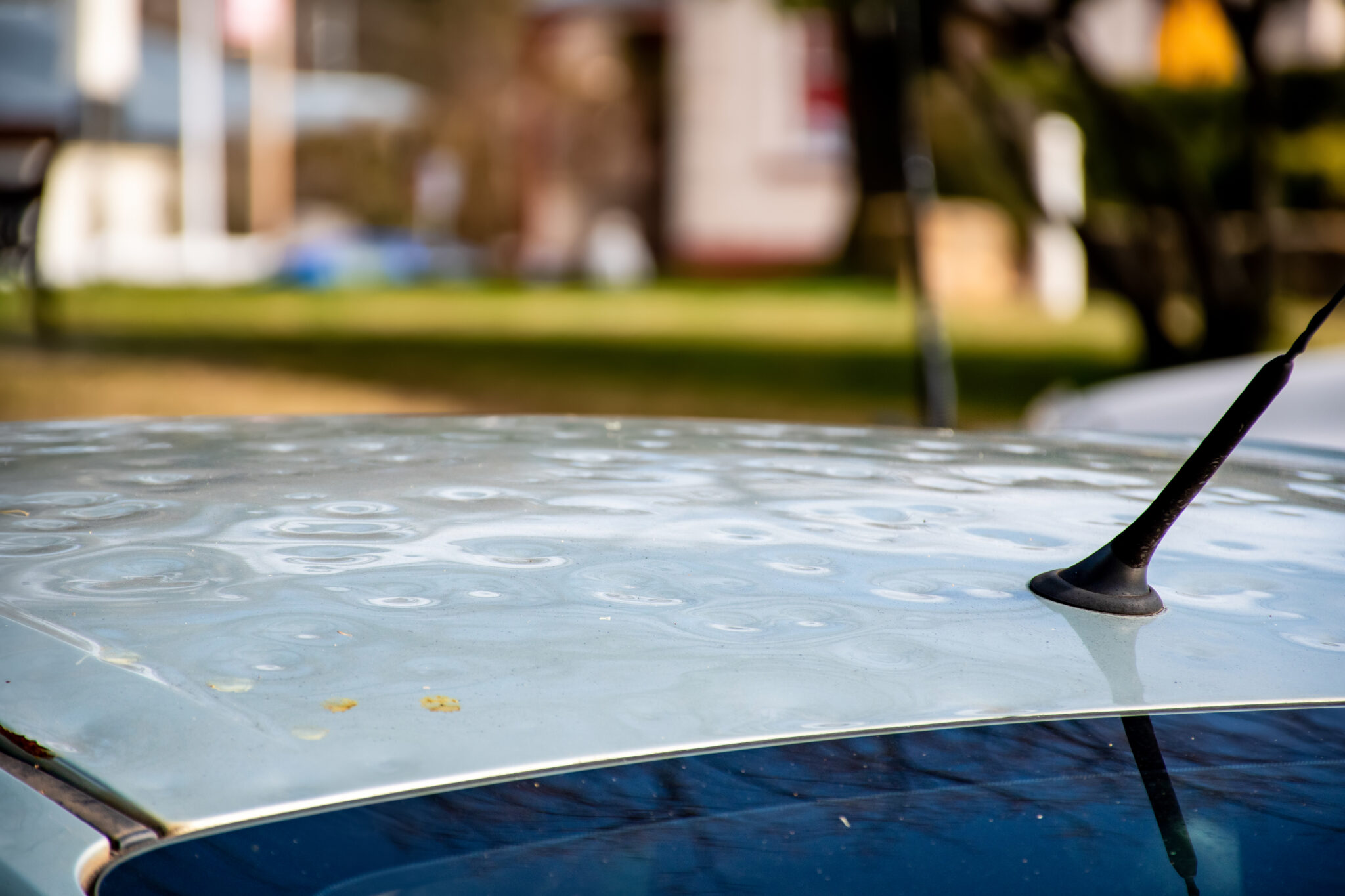
Dry Ice vs Paintless Dent Repair
When you see a dent on your vehicle, you will likely want it gone sooner rather than later. Not only is a dent-free vehicle aesthetically pleasing, but failing to repair dents and dings can cause them to worsen over time.
If you’ve searched for how to DIY dent repairs, you’ve likely run across the dry ice method. The hype around this DIY method is that it’s an inexpensive way to remove dents without damaging your vehicle. But can it stack up to tried and true dent removal methods like paintless dent repair without further damage to your vehicle?
In this article, we will discuss the dry ice method of dent removal and how paintless dent repair works. We will then recommend the most effective method for getting your car’s body back to its original condition.
What Is the Dry Ice Method?
The theory behind this method is that the extreme change in temperature will bring the metal back to its original shape. Although this process seems easy, it can take time and patience to get the dent out, if it even works.
The method of removing a dent with dry ice is as follows. First, use a blow dryer or heat gun to heat the metal for a few minutes. Next, apply dry ice to the metal before it cools.
Dry ice is carbon dioxide gas in a solid form, so it’s extremely cold. These types of low temperatures can freeze skin on contact. That makes it extremely dangerous if misused, not only to you but to your vehicle’s finish and paint. And if you apply dry ice to chipped or damaged paint, it can cause the paint to lift off if it comes in contact with the metal below the paint.
Using dry ice isn’t a guaranteed or proven method of dent removal. If dry ice were a reliable dent removal method, auto body shops would use it as a tried and true part of their process. However, there are no body shops that practice this method.
What Is Paintless Dent Repair?
Paintless dent repair, also called PDR, uses special techniques and equipment to repair car dents. During the PDR process, a PDR specialist uses dent removal tools on the exterior of the panels to get to the original bodywork and fix numerous types and sizes of dents.
As the name implies, this specialised process does not affect the paint. Therefore, this eliminates the need to use body fillers or repaint the vehicle.
Paintless dent repair can be an effective way to remove minor dents from your vehicle. It’s also less time-consuming and doesn’t require any metal work during the process. And since PDR doesn’t affect the paint, you won’t need to worry about voiding the warranty on your vehicle’s paint job.
Types of Dents
Here is a list of various types of dents you may need removed. Dry ice may remove some more minor, shallow round dents but will not remove deeper dents or hail damage. PDR, on the other hand, is effective at removing a wider variety of dents.
- Round dents are a common type of dent with a hollow, circular shape, no sharp edges, and the paint typically stays intact. They may be caused by a round object hitting the car or hail damage. Dry ice cannot repair hail damage.
- Sharp dents are caused by angular objects, such as another car door or a bicycle handle. There may be more significant dent damage below the panels as well. Dry ice cannot repair sharp dents.
- Dings are the most minor type of dent (around half an inch or smaller in diameter) and the easiest to repair. Shopping trollies or other car doors can cause them.
- Crease dents are some of the hardest dents to fix and need more extensive methods to be removed, especially if the paint is chipped or damaged. These usually appear on the side panel after minor collisions with other vehicles or when objects are dragged along the car.
- Multi-point dents have, as the name implies, multiple points of impact. They are normally the result of car accidents and tend to be more complex than other types of dents. However, they are fixable with professional repair techniques such as paintless dent repair.
Which Method Is Recommended?
The dry ice method has been successful in removing larger, more shallow dents but is not as effective in removing dents that are deeper or more complex. In contrast, PDR can remove a wide range of dents with little to no risk of damaging the paint’s finish.
It’s true that PDR costs more than trying the dry ice method. However, PDR is still a cost-effective way to repair your vehicle. And keep in mind that attempting an unproven method to remove dents costing you more in the long run if it ends up causing further damage to your vehicle’s body.
PDR consistently offers better results and can be performed in a short amount of time. So if you want a solid, reliable way to bring your car’s exterior back to its former appearance, PDR is the way to go.
Quality Paintless Dent Repair From the Experts
At Caversham Coachworks, our mission is to provide top-quality car repairs and dent removal services. Our technicians have the skills and tools to get your vehicle looking new again, whether you’re dealing with a minor or a serious dent. We offer exceptional service and use the most modern, safe techniques to repair your vehicle.
Call us today or complete our convenient online estimator tool and see why we are the leading independent vehicle repair centre in Berkshire and Central Oxfordshire.
